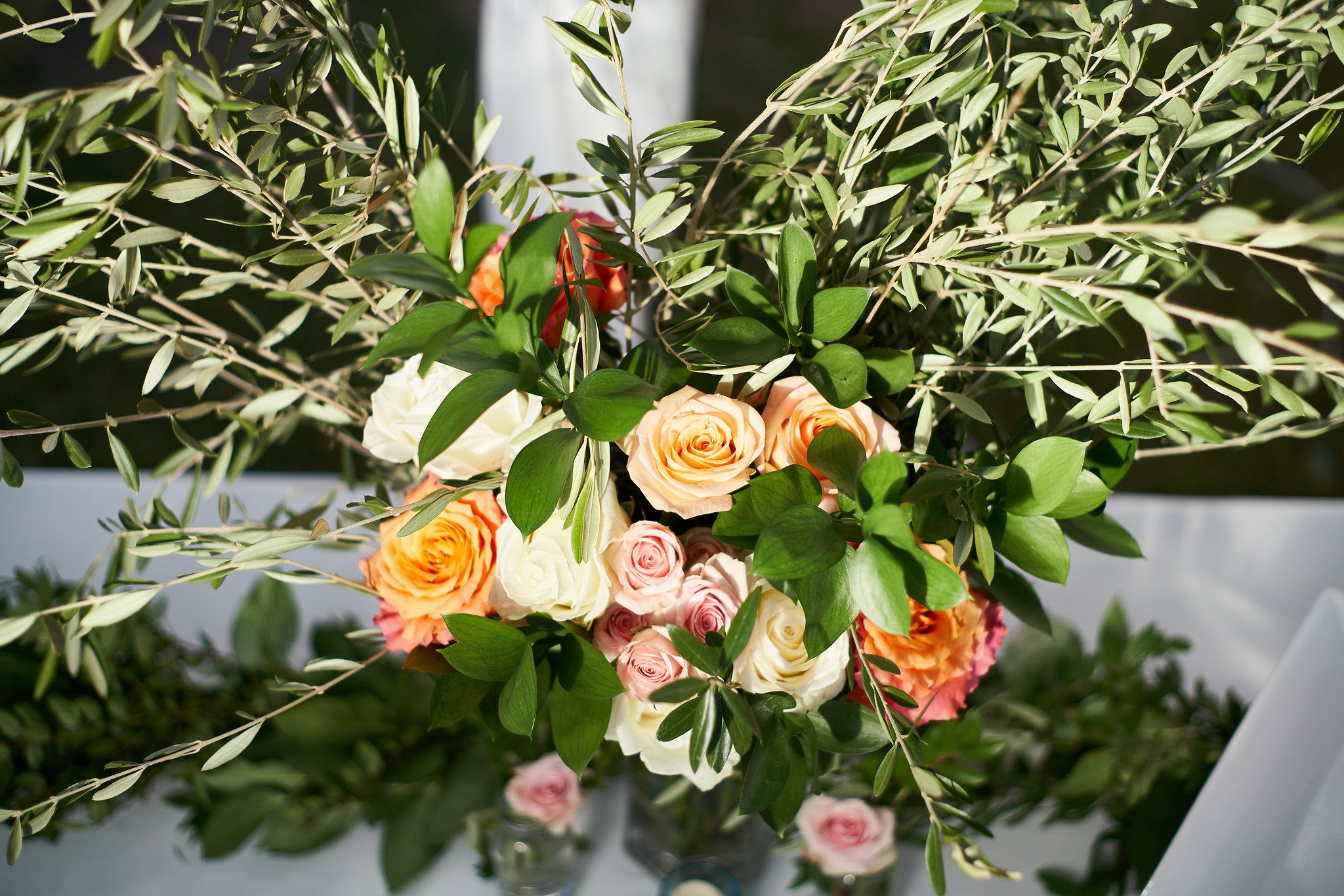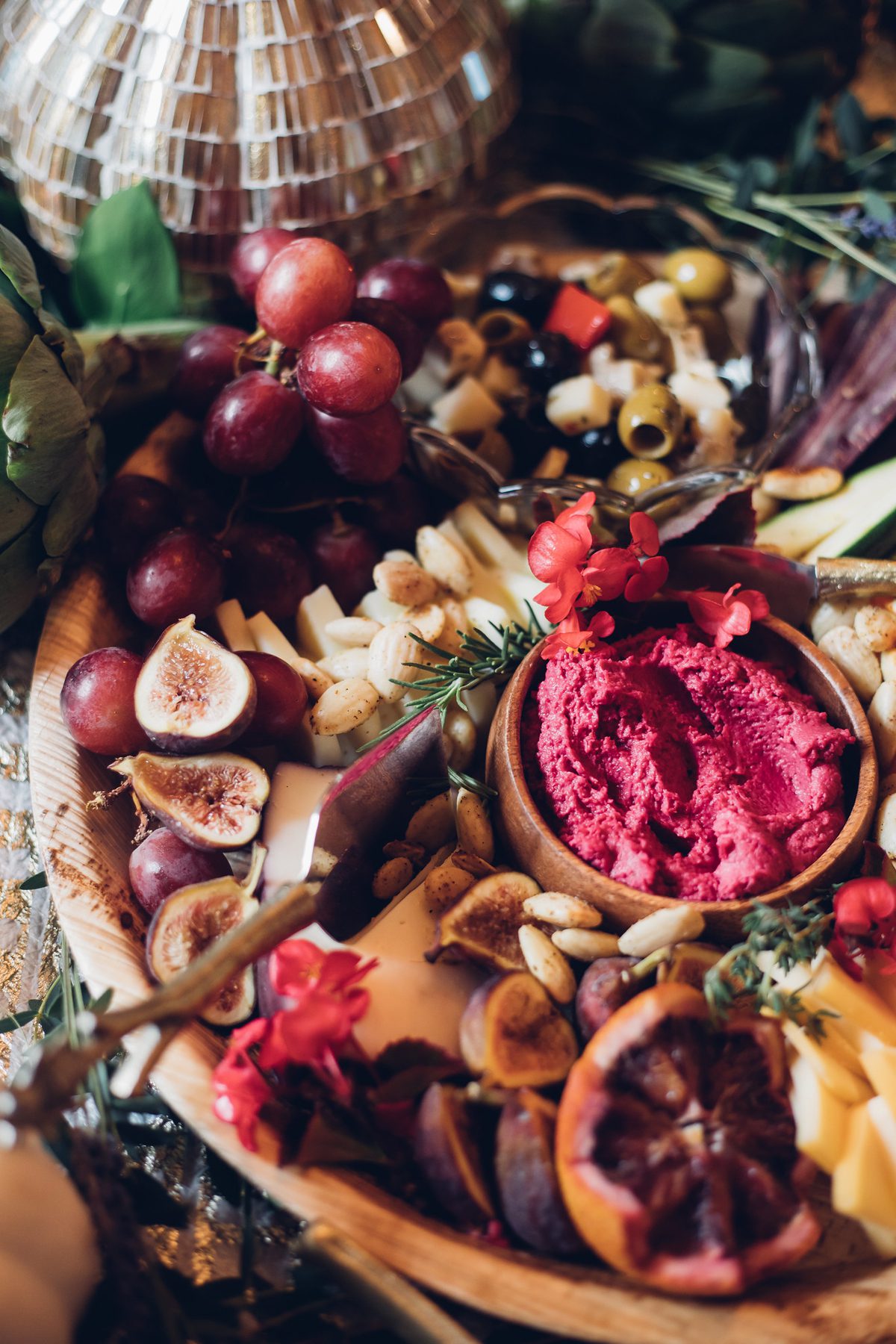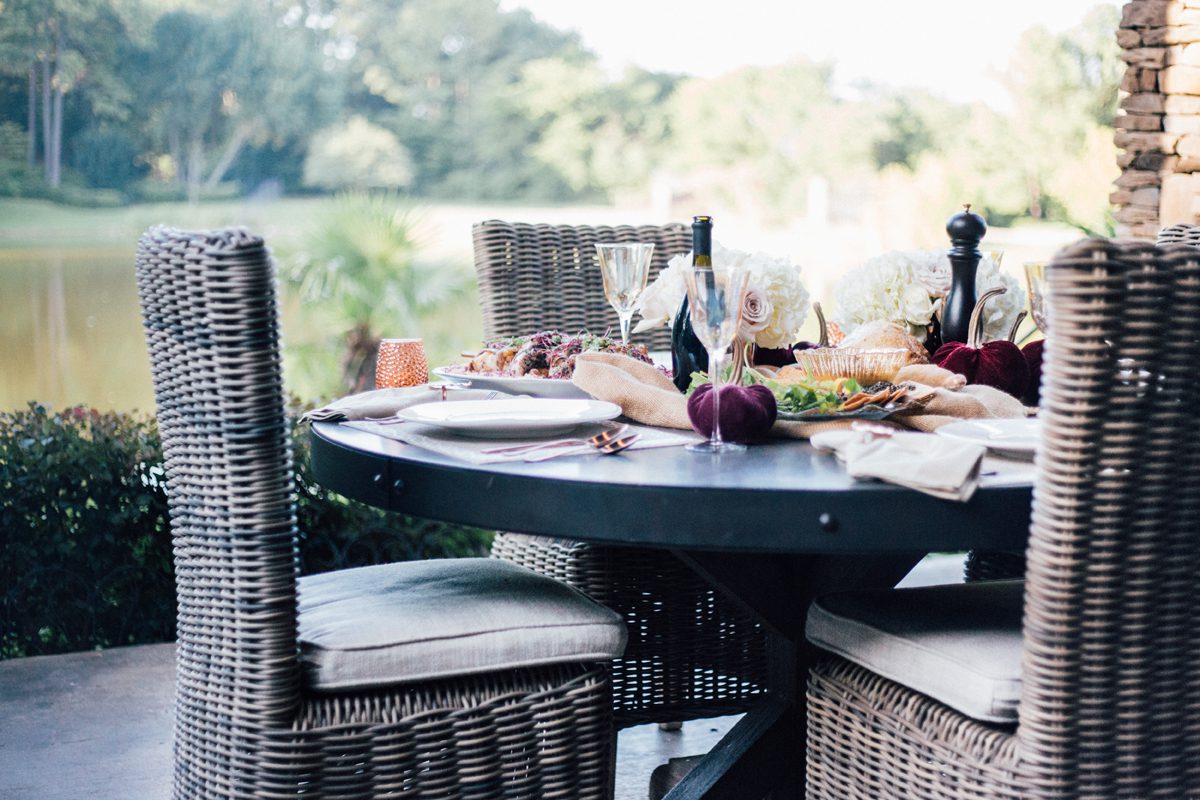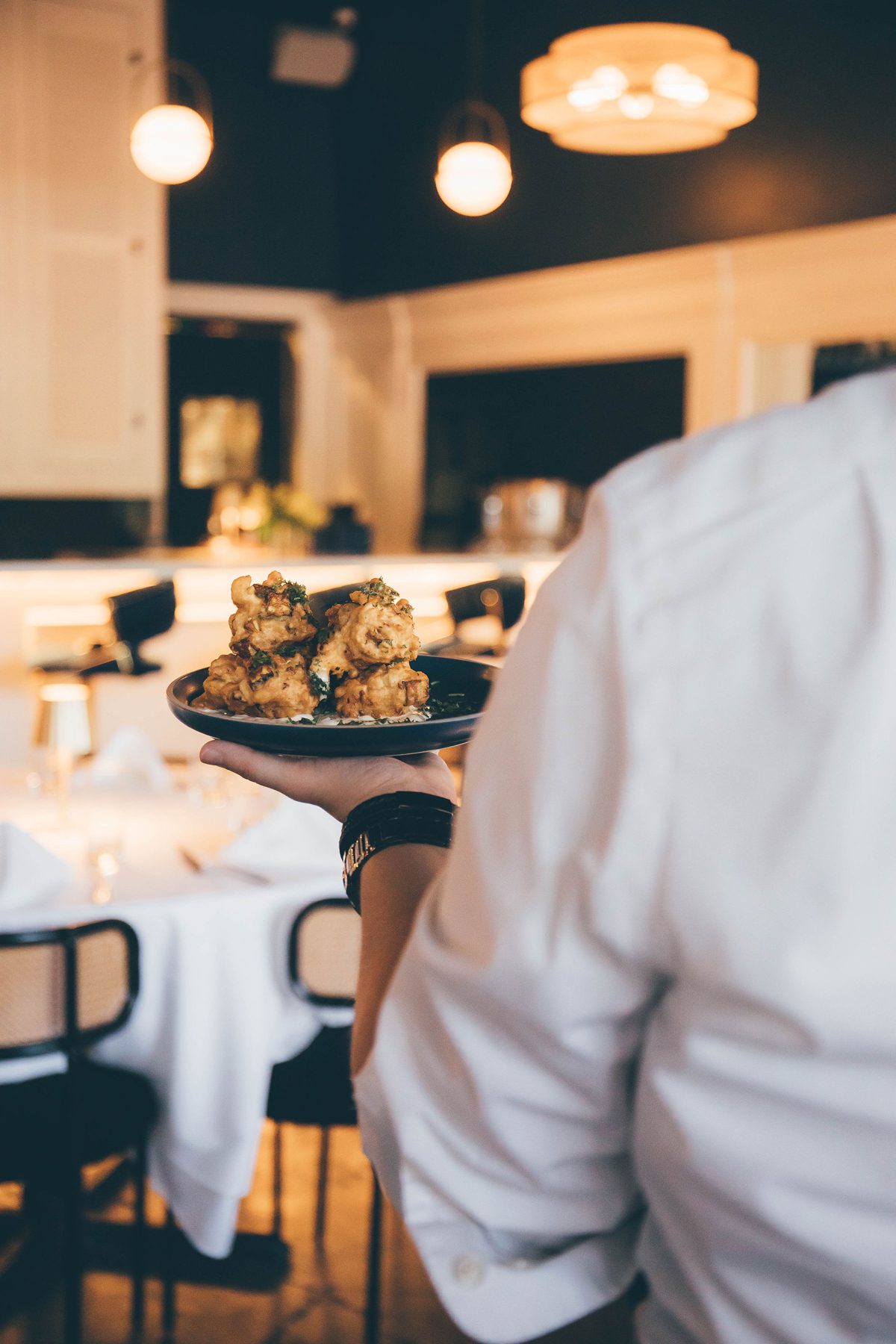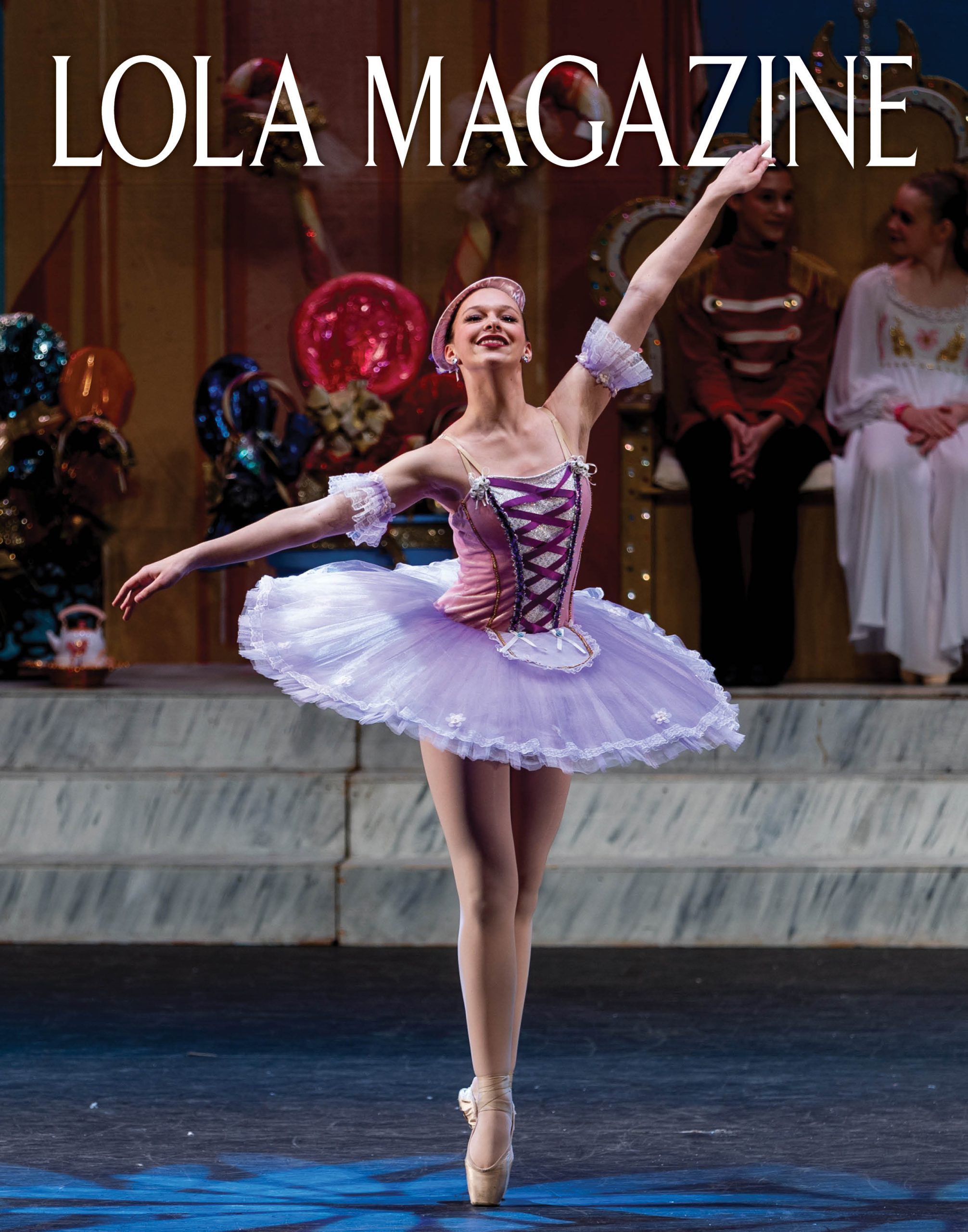



The facial makeup is the base of every look and is typically the first thing we would apply to our faces. This particular category can consist of several different cosmetic types from foundation and concealer to blush and bronzer. The face can also be one of the easiest makeup steps for most women; we generally know that blush goes on our cheeks, concealer goes on our dark spots and blemishes, etc. There are a few tricks, however, to ensure that your facial makeup is looking its best.
We all know the standard of “match your foundation to your skin color.” I am not here to refute that precedent but simply to qualify it; you definitely don’t want to put on a foundation color drastically different than your skin, but it is okay if the color is half a shade off. When applying your foundation, just make sure to blend the product down your neck to eliminate any obvious foundation lines. There are also various foundation formulas, some suited more for one skin type than others. Foundations with a dewy finish are meant to combat dry skin while foundations with a matte finish are meant to combat oily skin. Some foundation is better suited for different ages of skin as well. Powder foundation can be great at times because it is lightweight and easy to put on; on the opposite hand, however, powder foundation tends to make aged skin seem drier and more textured than it actually is. For older women who choose to wear foundation, liquid or cream products might be the better direction to go.
Both your foundation and concealer are important because they allow for a “blank canvas” to blend other products into, but it is the job of your blush and bronzer to put some color back in your face. Bronzer can be used not only to warm up your face but also to sculpt it out. Swiping bronzer in the hollows of your cheeks, right underneath the cheekbones, can give your face a quick lift. Blush, of course, goes on the apples of your cheeks, but a good trick is to also swipe your blush lightly towards your hairline, allowing it to look more natural as opposed to two pink spots on your face! One trick I recently learned was the two-toned blush method: sweep a deeper-toned blush lightly towards your hairline, and then pop a lighter color of blush on the apples of your cheeks to draw attention to the center of your face while still keeping the look natural.




Facial makeup is important since it does allow for that base of your look. The eyes, however, are probably the first thing to be noticed in a makeup look. Eyeshadow is my favorite part of a makeup routine; whether I’m doing a natural look or playing with some bold colors There is nothing more satisfying than a well-blended eye-look. For a lot of women, however, eyeshadow is too time consuming and sometimes too confusing. The general guidelines for eyeshadow placement is that darker and matte colors go in the crease of your eyes; this helps to deepen your socket and make your eyes seem larger. Brighter colors go on the lid and can be pretty much any color you would like, and then a pop of very light eyeshadow can go right underneath your brow’s arch as well as in the inner corner of your eye, which helps to also open up the eye and allow you to seem more awake. Of course, eyeshadow looks can vary from this standard in many different ways: a “halo” or “spotlight” eye is when you put a darker shadow on the outer and inner corner of your eye and a bright pop of shadow in the middle of your lid, and a cut-crease is when there is a direct contrast between the crease eyeshadow and the lid eyeshadow with little to no blending. These looks can be achieved with some practice and can be a lot of fun to test your skills with, but most of us would probably agree it is far easier to pop two or three eyeshadows on and be done with it!
After eyeshadow comes eyeliner. Depending on what type of eyeliner you are using and where you are placing it, this step can either be quick and easy or can turn into a complete disaster. Nevertheless, practice makes perfect. One easy trick with eyeliner is to use a dark eyeshadow in place of an actual liner; take a smaller detail brush and run the darker shadow along your lash line. This allows for a very natural look but also makes your lashes appear fuller. If you do choose to go for an actual eyeliner, however, some versions work better for different effects. Liquid eyeliner pens can be quick and easy if you just want a straight line following your lash lines, but gel eyeliners used with a brush can sometimes give more precision. Then there is the cat-eye or winged-out style, which is the natural enemy of many. If you ever choose to tackle a cat-eye look, I would say that a gel eyeliner and a small angled brush will give you the most control. You also want to make sure your winged eyeliner fits your eye shape – I usually make my wing aim towards the tail of my eyebrow. Another trick lies in the shape of your wing; a longer and thinner wing will allow your eyes to look extended while a short and fat wing can make your eyes seem rounder.
The last step for your eyes is mascara, a well-known staple for most women. Most of us can accurately understand how to put on mascara: you swipe the brush along your eyelashes, the end. Except maybe not. There are a handful of mascara tricks to make your lashes appear as long as possible. Wiggling the mascara wand gently from side to side as you sweep it through your lashes will help to separate the lashes as well as evenly coat each one in mascara. Waterproof mascara can also work better at holding a curl in your lashes if you are willing to fight with it later when taking your makeup off. But my most important piece of advice when it comes to mascara is to never curl your lashes with an eyelash curler after you have just applied mascara. If the mascara is still even a little wet, it can cause your lashes to stick to the curler and rip them all out!
LIPS:
Typically the final step in makeup is lips. Once again, most of us can comprehend how to do lips. But do I still have some lip tips for you? Of course! One of my favorite lip tools is a lip liner: the more defined tip on a lip liner will allow you to get in those inner corners of your lips. It keeps lipstick from feathering into any fine lines around your lips, and it makes your lipstick last longer throughout the day. Don’t let the name fool you; lip liner is not only meant to go around the perimeters of your lips. Fill in your entire lip with the liner to allow a base for any other lip products to cling to. Just like other makeup products, some lipstick formulas work better for certain people. Matte lipsticks can really stick into any lines or dry patches on the lip, while a glossier or sheerer formula helps to hide these fine lines and give a little bit of moisture.
Despite all my tips on cosmetics and application, the real point of makeup is to use it however it makes you feel best. I always say that makeup is not meant to hide your face but instead to enhance your best features, meaning you can embrace what you love most about yourself. Do you have to follow every makeup step to a T? Absolutely not. No one is going to call you out just because you put a shimmer eyeshadow in your crease or skipped out on blush that day. You can be beautiful with makeup, you can be beautiful without makeup, and at the end of the day it washes off anyways!
Written by: Rosemary McMasters
Photo Credit: Jarrett Warren
